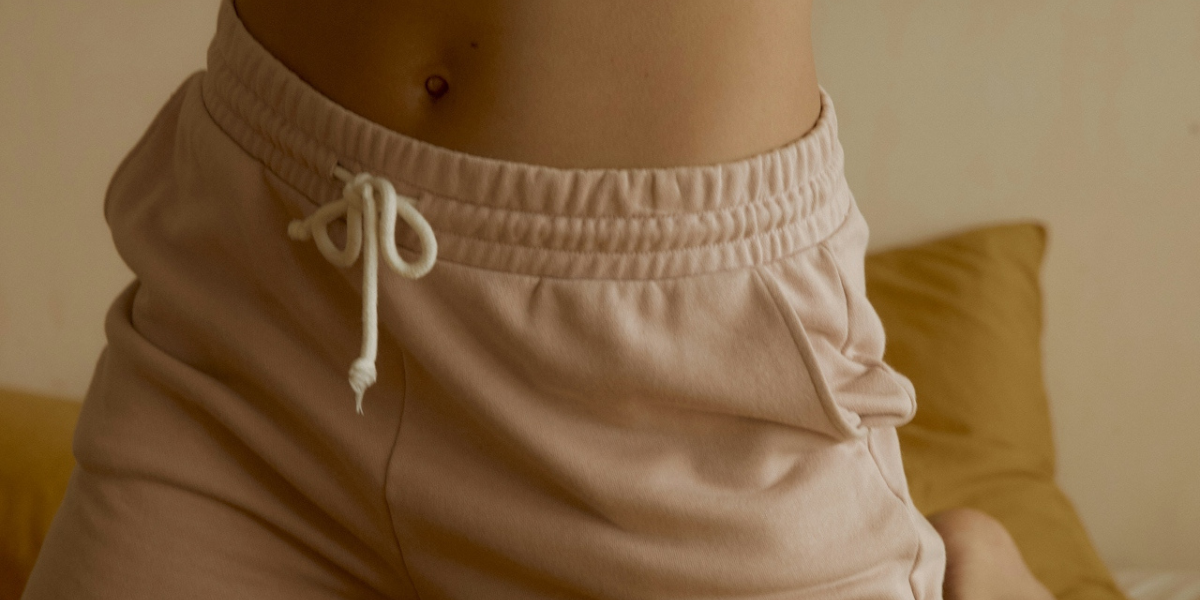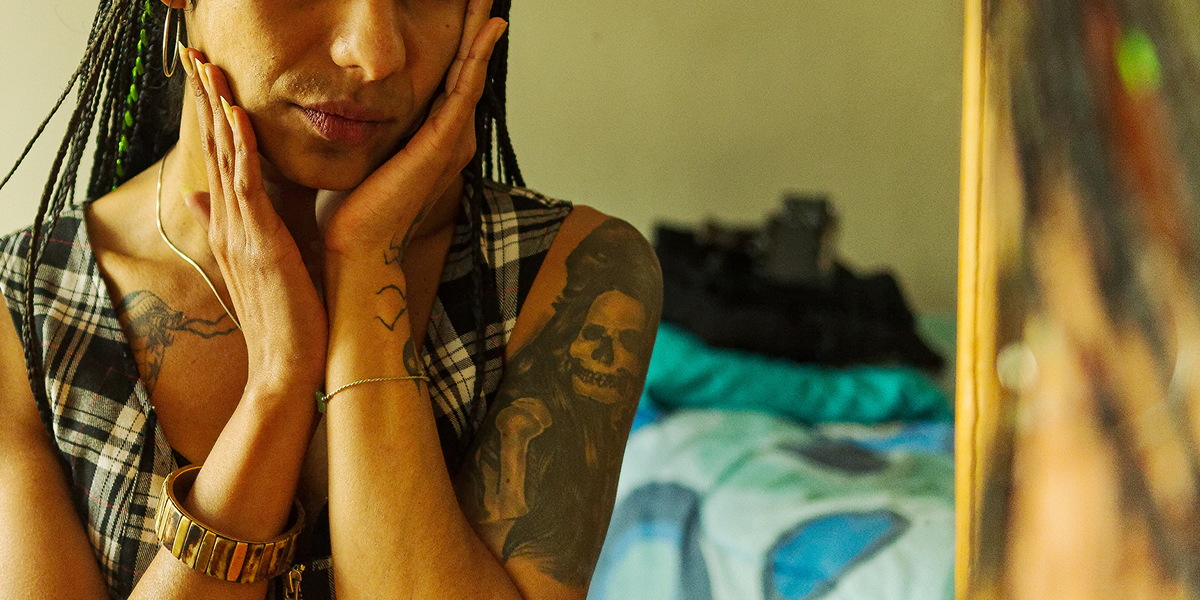On Monday morning I woke up and laid in bed for an indeterminate amount of time and thought about: a) every mistake I ever made, b) every person I ever hurt, and c) what a monster I am. On Monday afternoon I found myself back in bed, under the covers, thinking about the most catastrophic ways I could (and probably would) fail at love and life. By 5:30 it was completely dark in my bedroom and that’s when I realized what the pitch black hell was going on. I hadn’t seen the sun all day! Daylight Savings Time had ended and Seasonal Affective Disorder time had arrived. I got out of bed, drank a very cold glass of water, turned on all the lights in my house, and did some jumping jacks to try to snap my head out of it.
A lot of people think of Seasonal Affective Disorder as depression-lite. That’s not it at all. It’s real depression — complete with all the classic symptoms: withdrawal, fatigue, sleeplessness, hopelessness, inability to concentrate, anxiety, obsessing about that time you made a joke in fourth grade and no one laughed — that coincides with fall and winter stealing the sunlight from the sky. I’ve been dealing with SAD all my adult life, and especially since I moved to the northeast where daylight lasts about as long as my lunch break from November to March. I’ve learned a lot about coping, and about making things easier on myself by noticing and addressing my symptoms before I’m in the midst of a full-blown depressive spiral. SAD isn’t fixable for me, but here’s how I’ve learned to fight back against it.
Sunlight!
Most researchers believe the drop in serotonin caused by lack of sunlight is what fuels most people’s SAD. That means you gotta squeeze as much sunlight out of the dark days as you possibly can. Go for a walk. Go for two walks. (I know it’s cold, put on a coat!) Even though the sunlight is grayer in the winter it’s still sunlight. It doesn’t have to hit your skin to work; it just has to register with your eyes so they can stimulate your hypothalamus so it’ll tell your circadian rhythms to get with the program. If you can sit near a window while you work or study, do that. Throw open the blinds and let that drab sunlight in.
Artificial light!
A lot of people swear by light therapy boxes and, hey, I am one of those people. I personally like the Philips goLITE BLU Energy light boxes as opposed to the white light ones. You’re not supposed to stare straight at them and when mine is on it makes it feel like the sunniest day in the neighborhood in my periphery. It almost always improves my mood and also almost always gives me a little nudge out of the SAD lethargy that dogs my steps every second of the winter. Also, just turning on any lights that make you feel good is a solid move, even just a couple of lamps that glow a nice soft yellow light. I use my light box first thing in the morning and then again around 5:00 when the sun has officially set. (If you’re bipolar, you should consult your doctor before trying artificial light therapy.)
Exercise!
Yeah, that old yarn. But it’s true. All the things that make your body feel good — serotonin, dopamine, endorphins — get released right into your bloodstream when you exercise. Plus, being healthier physically is good for your health mentally. Double plus, when you make your body do something you feel BLECH about you have scored a victory that will empower you to score more victories. Sometimes in the winter when I can’t make myself get out of my pajamas or leave the house, I just ride my stationary bike in the living room while playing a video game where I stab men, like Assassin’s Creed: Syndicate or something like that. It’s a win-win-win.
Meditation!
The reason I won’t shut up about meditation is because meditation has changed my life more than anything I can remember since I morphed into an adult. It’s actually one of the reasons I think I was able to identify the symptoms of SAD the day they started this year instead of realizing it in the middle of January while sleeping inside a blanket fort I hadn’t managed to leave in two weeks. Because I have ADHD I just assumed I’d never be able to mediate, but at A-Camp a couple of years ago, Dr. Liz Castle told me she also has ADHD and anyone can meditate. She showed me the way. (She even showed me the research that meditation and mindfulness can literally change the neural pathways in your brain to help you physically not get as stressed out and anxious.) Now I use the Headspace app, which I know is definitely not for everyone, but is absolutely for me. 20 minutes a day with Headspace makes me calmer, happier, gentler (with myself and other people), and more aware of what’s going on with my brain and body. Another app a lot of people like is Calm, and it has the added bonus of various white noises and a woman narrator.
Sleep!
One of the worst thing about depression is how it makes you so tired but also refuses to let you sleep — and not getting enough sleep makes SAD much worse. Regular life things are already harder when you’re struggling with SAD; you don’t need the added sluggishness, irritability, and inability to focus that come from not getting enough sleep. You have to guard your sleep like a dragon guards her treasure, which is a pretty good metaphor because my therapist is always telling me sleeping is like depositing energy into my body bank. Try not keeping your phone in your bedroom, or try keeping it out of reach, or keeping it on do not disturb mode a few hours before bed. Try that with all screens. Drink a soothing tea. Take a warm bath. Buy a fancy sleep mask. Invest in some sleeping headphones. Listen to ASMR videos. Do whatever you need to do to get your brain and body ready for bed.
Even when I do all of these things and eat my vegetables and take my vitamins, the winter months are really tough for me. Doing this stuff doesn’t make my SAD symptoms go away, but it does make them more manageable. What are some of your SAD coping strategies?







